Ten Best Prog-Rock Albums
Welcome to the latest Paradise Found Records Blog. Here are the ten best prog-rock albums of all-time, the prime examples of the genre that ruled the airwaves and charts in the early seventies. Fifty year later prog has splintered into a thousand subgenres. Like your prog with a sci-fi storyline? Check out Coheed and Cambria. Prefer a jazzier, more psychedelic approach? The Mars Volta are right up your alley. Wonder what a prog metal hybrid sounds like? Try Mirar. There’s a niche vertical in today’s musical landscape for every imaginable aspect of prog.
Prog was widely embraced within years of its inception. While no one ever confused it with power pop and its longer songs scared off a lot of listeners, leading practitioners like Pink Floyd and Yes still filled arenas. Prog so dominated the marketplace in the seventies that punk and new wave exploded in part as a response to its excesses and ubiquity.
For the uninitiated, prog-rock was created by British musicians and generally featured one of two specific elements. First, it borrowed motifs and melodies from classical music, updating them to a rock setting. For example, Procol Harum’s hit “A Whiter Shade of Pale” borrows from Bach’s “Air on a G String.” Second, it featured longer compositions with lengthy solos. Musicians sporting long hair were common–although not specific to prog–and lyrics ran the gamut from hippie-style proselytizing to Tolkienesque storytelling to word play where the sound and flow were more important than meaning.
Here is peak prog, presented in chronological order over its less than a decade long heyday.
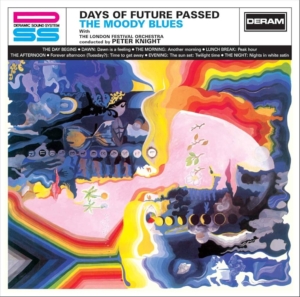 The Moody Blues – Days of Future Passed (1967)
The Moody Blues – Days of Future Passed (1967)
The Moody Blues started as a pop act before becoming a psychedelic rock band that made spiritually-focused lyrics a central theme of their albums. They still had hits as late as 1988. Days of Future Passed was one of the first rock concept albums, combining rock and classical passages to portray a full day’s cycle. No other prog work so extensively used an orchestra and thematic, concept-driven records later became standard issue in the genre. The album delivered two big hits, “Tuesday Afternoon” and “Nights in White Satin,” the latter of which has achieved iconic status over the ensuing decades with more than a quarter of a billion streams on Spotify. (Proggiest track: “The Afternoon: Forever Afternoon (Tuesday?)/Time To Get Away”)
King Crimson – In the Court of the Crimson King (1969)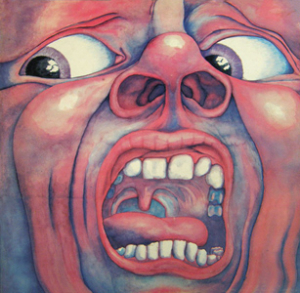
Besides Days of Future Passed, this is often described as the first true prog record. King Crimson encompassed many different lineups over the years–all led by guitar wizard Robert Fripp–and toured as recently as 2021 (former member Adrien Belew led a Crimson-focused tour last year). Their debut featured Fripp, drummer Michael Giles, vocalist Greg Lake (later of Emerson, Lake and Palmer), and talented multi-instrumentalist Ian McDonald, whose horn, woodwind, harpsichord, organ and Mellotron chops added jazz and classical elements. The record–with its jarring cover painting by Barry Godber, who died shortly after its release–features no less than three iconic, influential tracks: “21st Century Schizoid Man,” “Epitaph” and the title tune. In the Court of the Crimson King’s shortest song clocks in at over six minutes; its longer songs are broken up into shorter movements (for instance, “Moonchild” includes “The Dream” and “The Illusion”), a template still used by prog practitioners. (Proggiest track: “The Court of the Crimson King”)
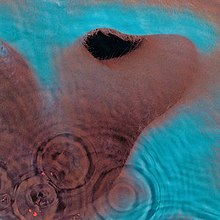 Pink Floyd – Meddle (1971)
Pink Floyd – Meddle (1971)
Pink Floyd started out playing 1967 London Trips Festivals replete with light shows, very much a British equivalent to the Grateful Dead. Later they became one of the biggest selling rock acts of all time, transcending prog and reaching listeners with little other interest in the genre. Their commercial peak extended from 1973’s Dark Side of the Moon–one of the best selling albums of all time–through 1979’s The Wall. Whether Dark Side of the Moon or Meddle is the group’s best is the subject of much debate; I prefer the latter, partially because it’s less overplayed. “One of These Days” starts side one with a menacing, distorted bass-driven melody spotlighting guitarist David Gilmour’s lap steel work before moving through the hypnotic descending chords of “Fearless” and the bouncy lounge vibe of “San Tropez.” Side two is Pink Floyd’s masterwork: “Echoes,” a twenty-three minute nautically-themed journey that gently builds to an anthemic, wordless chorus followed by a funky, chunky guitar jam and nearly six minutes of seagull-like sounds created by Gilmour using a delay effect device called an Echorec. “Echoes” stands as Pink Floyd’s single best side of music, no small feat in a rich and resonant career. (Proggiest track: “Echoes”)
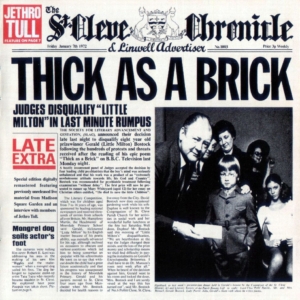 Jethro Tull – Thick as a Brick (1972)
Jethro Tull – Thick as a Brick (1972)
No other prog act had more Top Forty hits than Jethro Tull, named after a famous English agriculturist. Led by curmudgeonly flutist Ian Anderson, the group emerged from England’s late sixties blues scene but gradually moved to the middle, using the flute more extensively than any other act this side of Andre 3000. Following the peak of their FM success with Aqualung, Tull explored the limits of prog with this masterpiece that flummoxed DJs. Thick as a Brick is two sides with a single song, the title track “Part One” and “Part Two.” Each part contains many individual songs but also moves in and out of a central theme. The album rocked hard but also featured plenty of soft, melodic folk. (Proggiest track: “Thick as a Brick, Part One”)
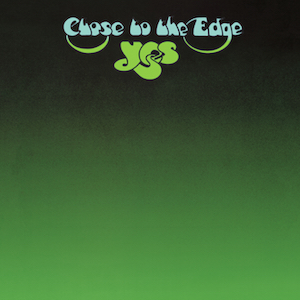 Yes – Close to the Edge (1972)
Yes – Close to the Edge (1972)
Led by Jon Anderson’s shimmering alto tenor and his lyrics that painted pictures to blend with the virtuosic skills of his bandmates, Close to the Edge is where Yes tapped into the true essence of prog. The title track is a sidelong opus featuring a stumbling time signature, an irresistible chorus and a long, dreamy third passage that resolves into a final reprise; its nearly nineteen minutes blow by in an instant. Side two’s ”And You and I” and “Siberian Khatru” are no less engaging, the former a lilting love song and the latter a galloping rocker with an extended Steve Howe guitar solo at the end. Add Roger Dean’s spectacular artwork–a common graphic accompaniment to Yes albums–and the result is arguably the greatest prog work of all time. (Proggiest track: “Close to the Edge”)
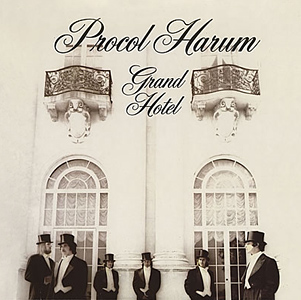 Procol Harum – Grand Hotel (1973)
Procol Harum – Grand Hotel (1973)
Procol Harum leaned toward the classical end of the spectrum, but Keith Reid’s often surreal, cryptic lyrics fit the profile and their sound embodied the best prog. Even though it failed to chart a hit, their sixth effort contained uniformly strong material. The title track evokes the white tablecloths and grandiosity of fancy mid-twentieth-century hotels over a slowly building melody leading to a bridge with an orchestral interlude notable for its spiraling time signature. “TV Caesar” speaks to the intrusiveness of the idiot box with a choir at its close to mimic the medium’s self-importance. And the album’s masterpiece, “Fires (Which Burnt Brightly),” addresses the futility and sadness of war atop a beautiful medley with a spellbinding, wordless vocal solo by Christine Legrand, aunt to Victoria Legrand of Beach House. If you like Clare Torry’s soaring vocals in Pink Floyd’s “The Great Gig in the Sky,” you’ll love “Fires (Which Burnt Brightly).” (Proggiest track: “Fires (Which Burnt Brightly)”)
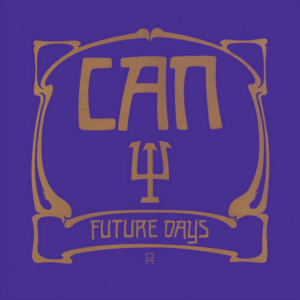 Can – Future Days (1973)
Can – Future Days (1973)
Most prog was the opposite of improvisational. Every note was carefully planned and the live shows typically recreated the recorded work almost note-by-note; it might have showcased stellar musicianship, but no one was ever going to confuse it with jazz. Germany’s Can focused on a more spontaneous interpretation. Some would argue they are not truly prog, but their long compositions and search for unique sounds make them at least prog-adjacent (and prog and psychedelic music share a lot of space on a Venn diagram). Featuring proto-rap vocals meant more to layer the sound than rise above it, the group hit their peak with the trifecta of 1971’s Tago Mago, 1972’s Ege Bamyasi and this release. Future Days conjures rainforest walks and spotlights drummer Jaki Liebezeit’s wide-ranging percussive rhythms, but you can also hear traces of post-punk and new wave in its Krautrock that would inspire many of the acts who later revolted against prog’s excesses. Can famously never played the same live show twice, instead performing extended, free improvisational jams that contained only fragments from their discography. (Proggiest track: “Future Days”)
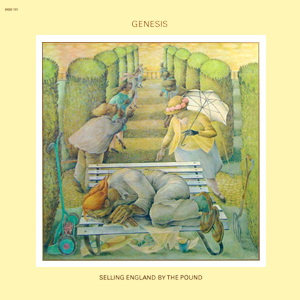 Genesis – Selling England By The Pound (1973)
Genesis – Selling England By The Pound (1973)
With the possible exception of Pink Floyd with their dour perspective and focus on post-war England, no band leaned into prog’s essential Britishness more than Genesis. Their fifth studio effort is their best, partially because it has fewer of the overly twee affectations that ran through their earlier work. Selling England By The Pound kicks off with the majestic “Dancing with the Moonlight Knight” and the sly “I Know What I Like (In Your Wardrobe)” before arriving at the single greatest Genesis song, “Firth of Fifth,” wherein a brief intro/outro wraps around a magical middle instrumental passage highlighted by shifting time signatures that culminate in a masterful guitar solo by Steve Hackett. A far cry from the pop-rock that turned the Phil Collins-led lineup into a stadium-filling act in the eighties and nineties. (Proggiest track: “Firth of Fifth”)
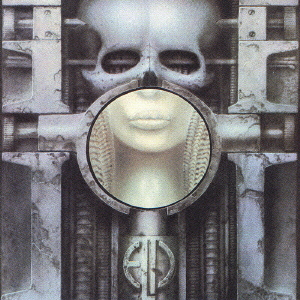 Emerson, Lake & Palmer – Brain Salad Surgery (1973)
Emerson, Lake & Palmer – Brain Salad Surgery (1973)
Prog’s first supergroup brought together keyboardist/Moog synthesizer wizard Keith Emerson from The Nice, bassist/vocalist Greg Lake from King Crimson and drummer Carl Palmer from Atomic Rooster. Alongside Genesis, the group had a rep for being on the showier side live, with laser light shows and Emerson famously throwing knives at his banks of keyboards to elicit new and unusual effects. Brain Salad Surgery, known for its cover artwork by MR Giger of Alien fame, stands as the pinnacle of the group’s creative output. Besides the soft pop of “Still You Turn Me On,” the album is mostly comprised of ELP’s opus “Karn Evil Nine,” which includes three “impressions” spanning thirty minutes and cover a side-and-a-half of the LP. (Proggiest track: “Karn Evil Nine (1st Impression — Part 1)”)
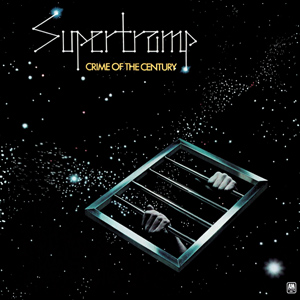 Supertramp – Crime of the Century (1974)
Supertramp – Crime of the Century (1974)
Supertramp became hugely successful as they strayed from their prog roots in later years, but their third release is their masterpiece, so sonically superlative it was one of the first rock albums to be released in audiophile Mobile Fidelity format. Crime of the Century features eight stellar tracks. “School” kicks things off with a plaintive harmonica cry that leads to impassioned lyrics questioning authority before careening into an anxious piano solo interlude played at breakneck pace. “Rudy” tells the story of a lost soul trying to find himself on a train ride that picks up speed as his mind races with a confused search for meaning. The title track closes the record with a piano coda filled with orchestral flourishes and a slow fade. The album hints at the group’s later stardom: minor hits “Dreamer” and “Bloody Well Right” garnered the group’s first significant radio play. (Proggiest Track: “Rudy”)
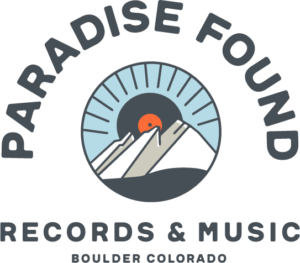
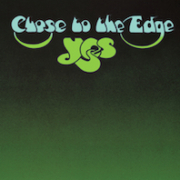
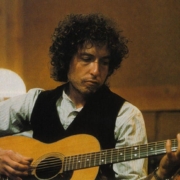
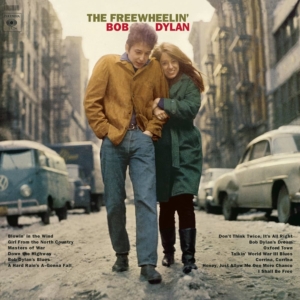 The Freewheelin’ Bob Dylan (1963)
The Freewheelin’ Bob Dylan (1963)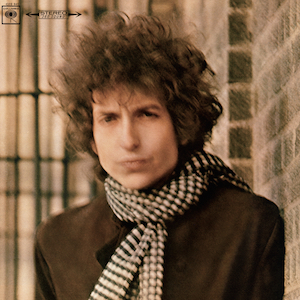 Blonde on Blonde (1966)
Blonde on Blonde (1966)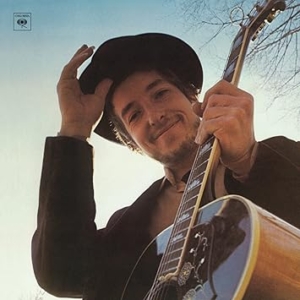 Nashville Skyline (1969)
Nashville Skyline (1969)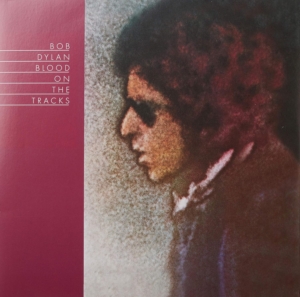 Blood on the Tracks (1975)
Blood on the Tracks (1975)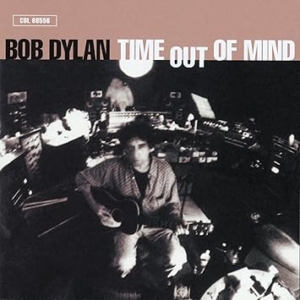 Time Out of Mind (1997)
Time Out of Mind (1997)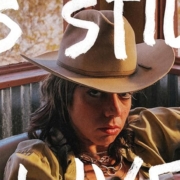
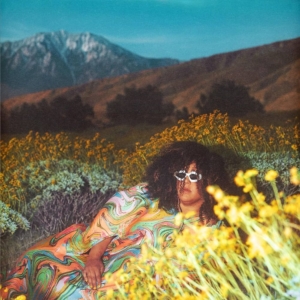 Brittany Howard – What Now
Brittany Howard – What Now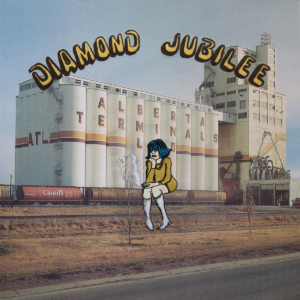 Cindy Lee – Diamond Jubilee
Cindy Lee – Diamond Jubilee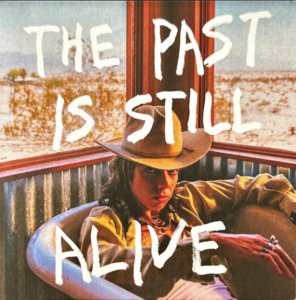 Hurray for the Riff Raff – The Past is Still Alive
Hurray for the Riff Raff – The Past is Still Alive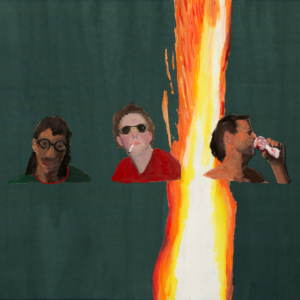 MJ Lenderman – Manning Fireworks
MJ Lenderman – Manning Fireworks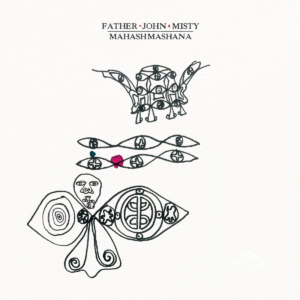 Father John Misty – Mahashmashana
Father John Misty – Mahashmashana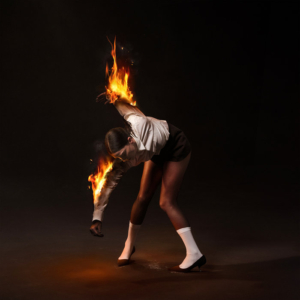 St. Vincent – All Born Screaming
St. Vincent – All Born Screaming Vampire Weekend – Only God Was Above Us
Vampire Weekend – Only God Was Above Us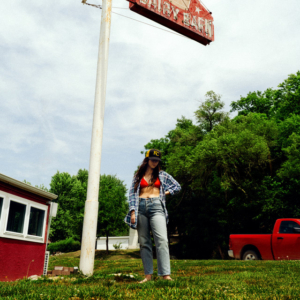
 Gillian Welch and David Rawlings – Woodland
Gillian Welch and David Rawlings – Woodland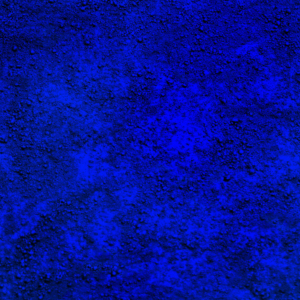 Jack White – No Name
Jack White – No Name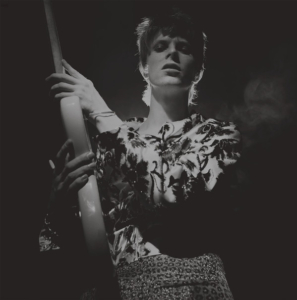 Bowie–Rock’n’Roll Star!
Bowie–Rock’n’Roll Star!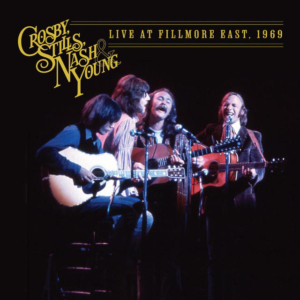
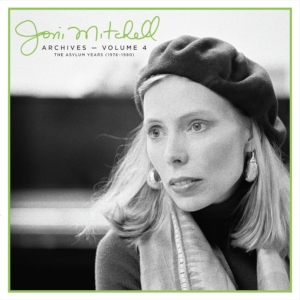 Joni Mitchell – Archives Volume 4: The Asylum Years (1976-1980)
Joni Mitchell – Archives Volume 4: The Asylum Years (1976-1980)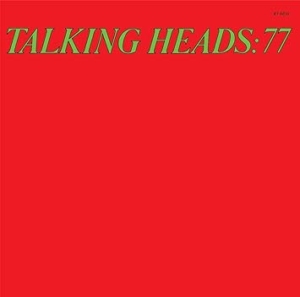 Talking Heads–Talking Heads ‘77
Talking Heads–Talking Heads ‘77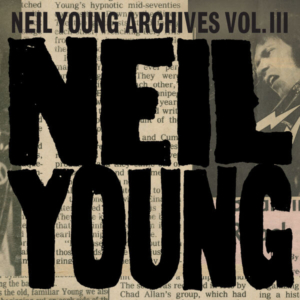 Neil Young–Archives Vol. 3 1976-1987
Neil Young–Archives Vol. 3 1976-1987